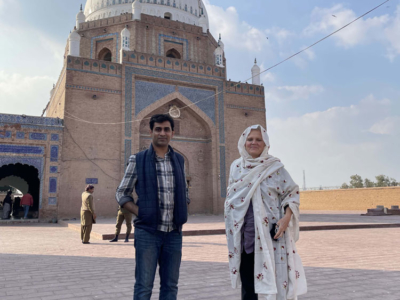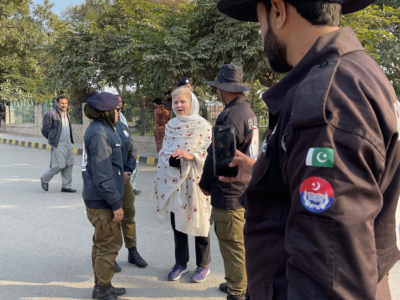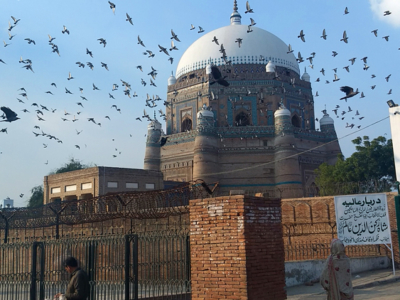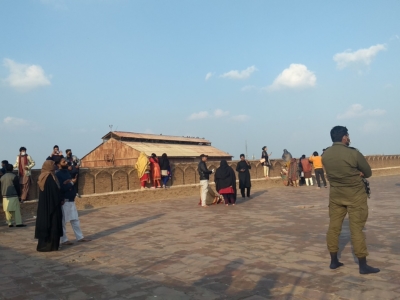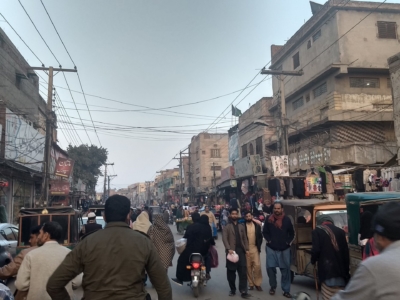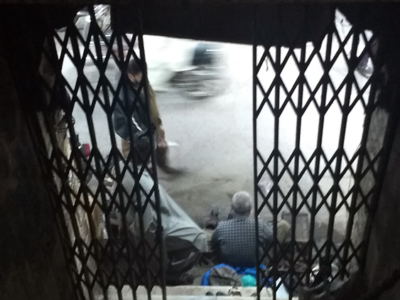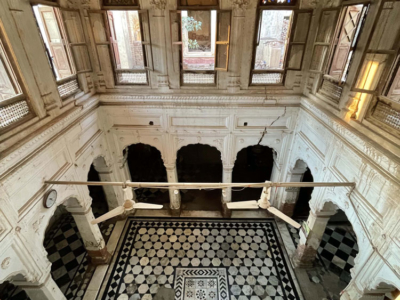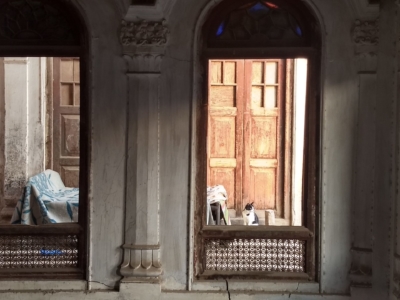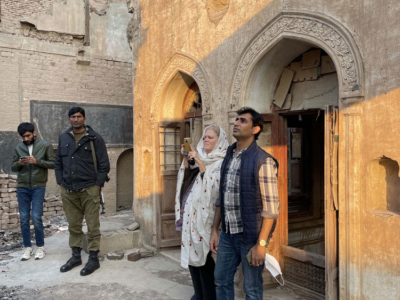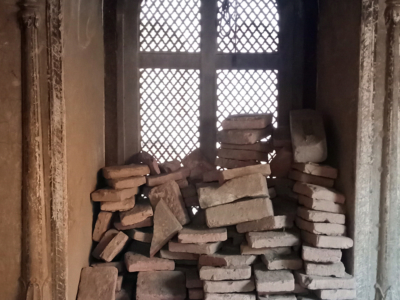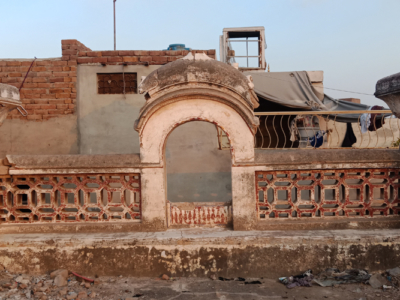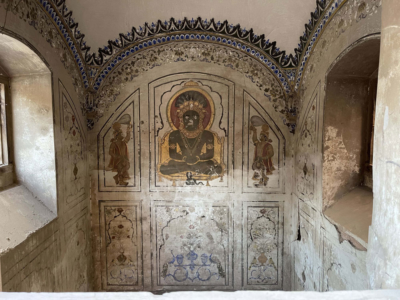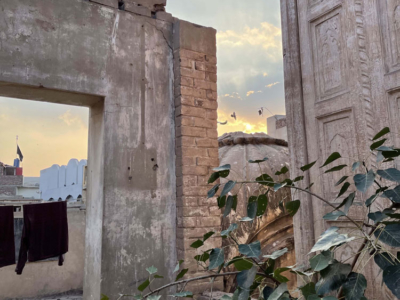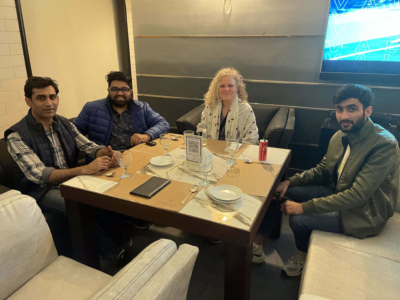[alg_back_button]
Your Portfolio Archive currently has no entries. You can start creating them on your dashboard.
“Multan’s history stretches deep into antiquity. The ancient city was site of the renowned Hindu Multan Sun Temple, and was besieged by Alexander the Great during the Mallian Campaign.[10] Multan was one of the most important trading centres of medieval Islamic India,[11]and attracted a multitude of Sufi mystics in the 11th and 12th centuries, earning the city the sobriquet “City of Saints”. The city, along with the nearby city of Uch, is renowned for its large number of Sufi shrines dating from that era.” Wikipedia
After leaving Tulamba, Farrukh, Fahad and I arrived in Multan by evening. With only one day in Multan (I was flying to Karachi the following night) we awoke early next morning ready to sightsee! We met up with Farrukh’s old friend Umair Iqbal, a Multani creative designer and artist back visiting from his home in Dubai and began our tour of the city with two important Sufi shrines. The Shrine of Bahauddin Zakariya a tomb dedicated to the Muslim mystic Bahauddin Zakariya, founder of the Suhrawardiyya order of Sufism and the Tomb of Shah Rukn-e-Alam, a mausoleum of the Sufi saint Sheikh Rukn-ud-Din Abul Fateh. The shrines are both beautiful domed buildings covered with tiles and surrounded by walled grounds. Birds always seem to be in attendance – flying in flocks over the dome of gathering in the courtyards. Taking off our shoes we followed worshippers to the central tomb where people stop to pray or scatter rose petals on the graves. Inside the tombs it is quiet and contemplative with banners, tiles and flowers hung all around and up into the dome. The areas outside, around the shrines were quiet public places where people gather to socialise, feed the pigeons, or let the kids have a play – both shrines were lovely tranquil spaces in a busy city.
Umair then took us through the busy Chowk Market to see the Jain Swamber Temple which is reached through a dark nondescript gate behind some market stalls. We walked up extremely steep steps to a quiet two story tiled courtyard with mirrored ceiling and archways opening to the sky above us. As we continued upward, vestiges of the temple’s history became visible in the gloom. Layers of frescoes and tile work, a decades old list of instructions for school children in both Urdu and English painted on the wall (the temple had once been a madrassa) side by side with more contemporary artefacts – abandoned shoes, a sleeping roll, a plastic water bottle, a sleepy cat. Emerging onto the rooftop we found even more frescoes now fully visible in the golden light. Birds flew in great flocks over Multan as the sun went down. It was a wonderful busy day bookended of course by travel, and after a lovely dinner with Farrukh, Fahad and Umair, I packed up my luggage once more in readiness for my flight to Karachi that night.
Travel in Pakistan (especially for foreigners) is largely by car. There are few pavements and the traffic is extraordinarily busy so being in a car is much the safest way to get around. As a dedicated walker I found this an adjustment. The feeling that I was missing out on the ‘real’ experience of walking rather than driving never really left me. In Multan it was exciting to walk through Chowk Market – a chance to see a bit of what was for sale – though we did not really have time to shop. It was wonderful in Multan to photograph the city from street level rather than from a car, however I also became more aware of the tight security in Pakistan. Police are everywhere of course and public places are well guarded. I was surprised however when the hotel in Multan offered us an armed escort for our day of sightseeing – two policemen on a motorbike following alongside Farrukh’s car. It was slightly surreal – who could possibly care about me a middle-aged artist? But as a foreigner of course I stood out – in my experience always in a good way. I had lovely exchanges with people asking me why I was there, what I thought of Pakistan, and asking to take a selfie with me. This even happened with a Multani policewomen near the Tomb of Shah Rukn-e-Alam who insisted on having her photo taken with me all the while calling me “M’am”, which Umair hilariously dubbed my “presidential moment” ! I never felt unsafe in Pakistan but I’ve found it’s usually a good idea to heed local advice and so was philosophical about the armed guard!
I am so incredibly grateful to Farrukh and Fahad and Umair for all their efforts in showing me Lahore, Tulamba and Multan – on a trip I will always remember.
[alg_back_button]

